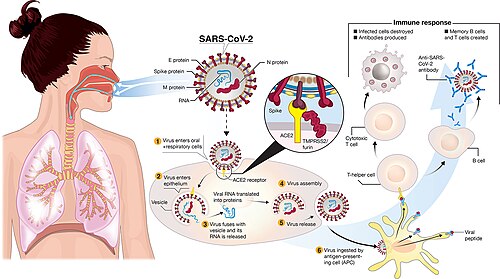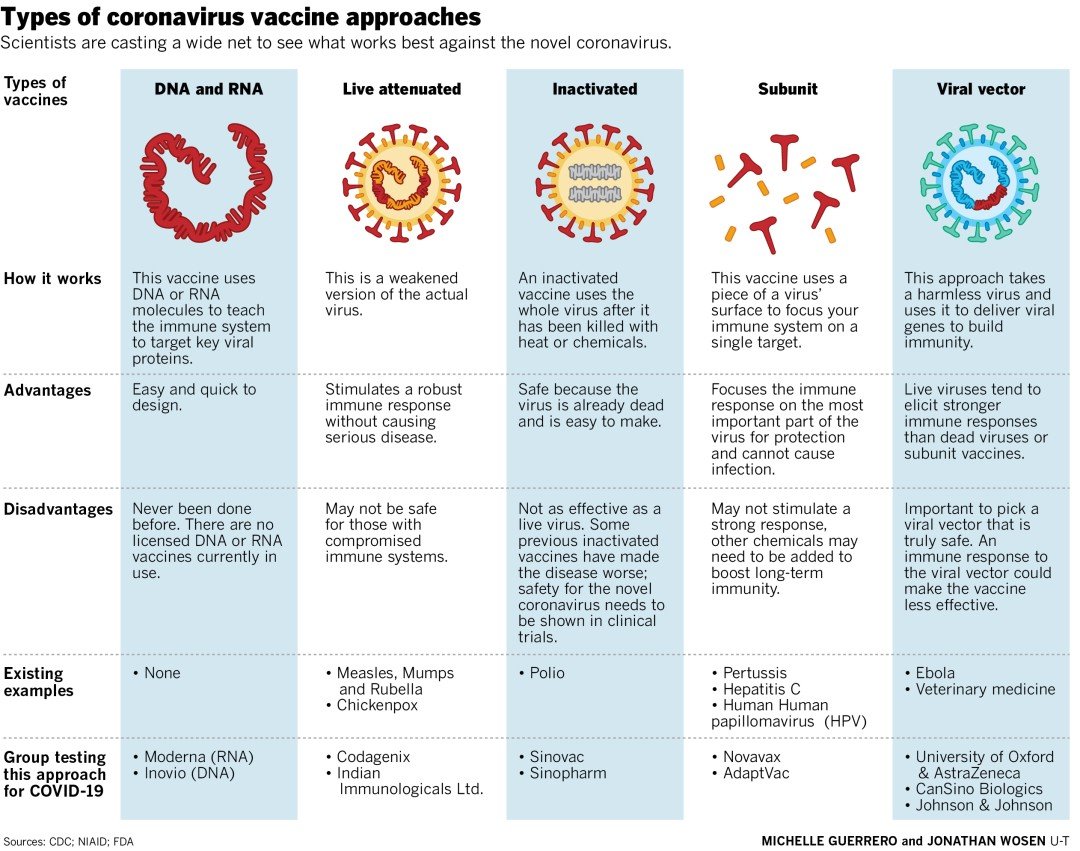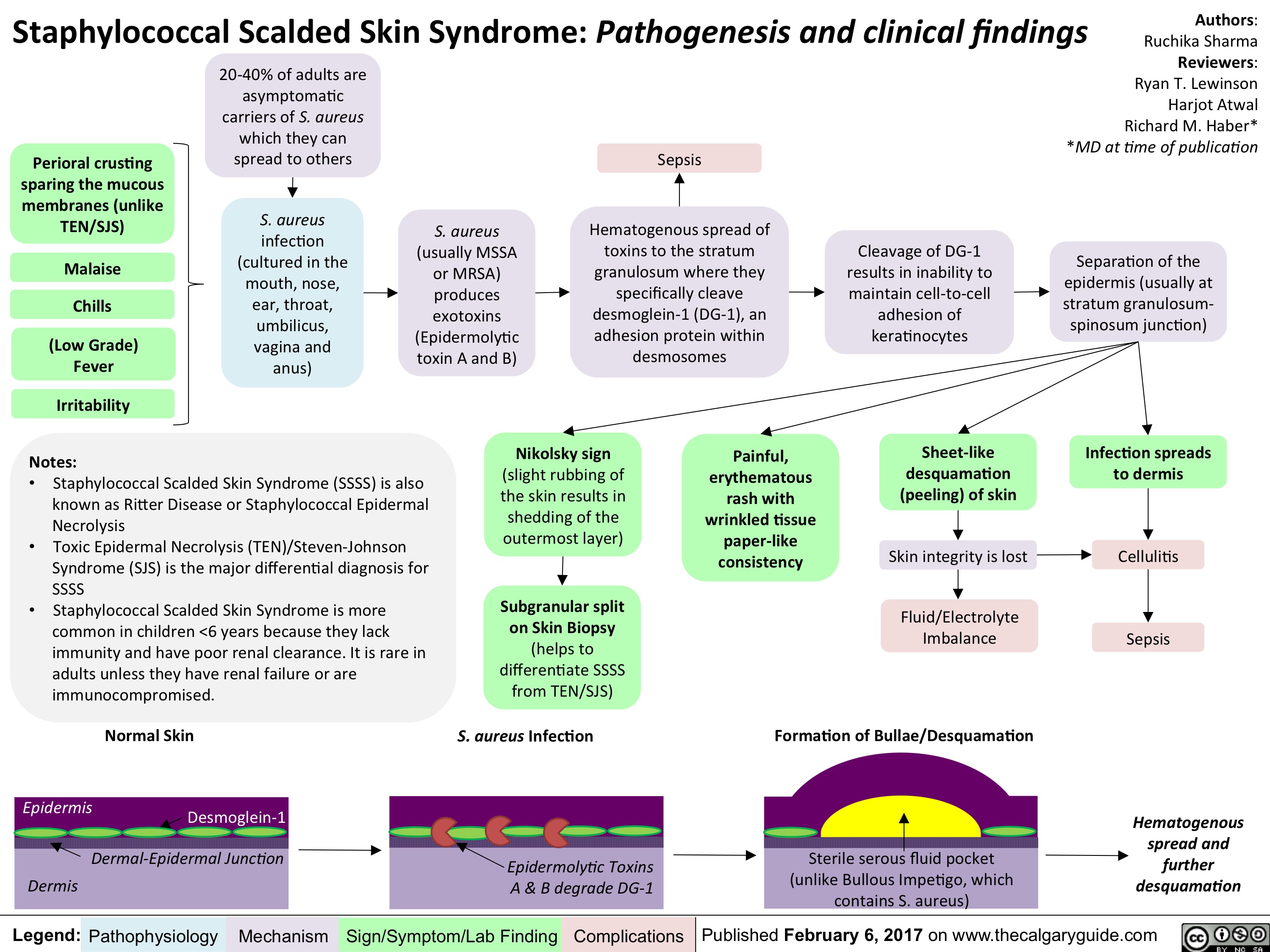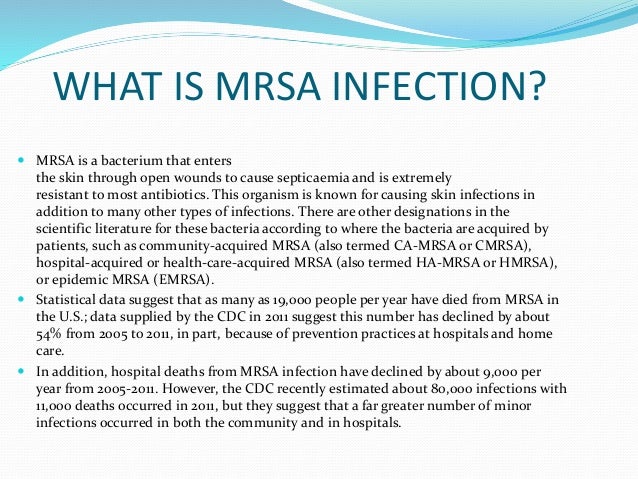Where is mrsa found. Exploring the Prevalence and Impact of MRSA Infections: Symptoms, Causes, and Prevention
What is MRSA? How does it spread? What are the risk factors for MRSA infections? Learn about the symptoms, causes, and prevention strategies for this antibiotic-resistant bacteria.
Understanding MRSA: A Primer
MRSA, or Methicillin-resistant Staphylococcus aureus, is a type of bacteria that has become resistant to many common antibiotics. This makes MRSA infections more challenging to treat, as the traditional antibiotics used to fight Staphylococcus aureus infections are no longer effective.
MRSA was first identified in 1961, just one year after the introduction of the antibiotic methicillin. Since then, MRSA has become a significant public health concern, with outbreaks occurring both in healthcare settings and within the community.
Transmission and Spread of MRSA
MRSA is primarily spread through direct contact with contaminated surfaces or people who are carrying the bacteria. The skin and mucous membranes normally act as a barrier to infection, but if these are compromised (e.g., due to skin damage or viral infection), MRSA can gain access to the underlying tissues or bloodstream, leading to infection.

Individuals who are immunocompromised or have invasive medical devices, such as catheters or IV lines, are particularly vulnerable to MRSA infections. The two main types of MRSA are healthcare-associated MRSA (HA-MRSA) and community-associated MRSA (CA-MRSA).
Symptoms and Manifestations of MRSA Infections
MRSA infections can range from minor skin and soft tissue infections, like boils or abscesses, to more serious conditions such as pneumonia or bloodstream infections. These infections are often treated with drainage, wound care, and targeted antibiotic therapy.
It’s important to note that MRSA colonization, where the bacteria are present on the skin or in the nose but not causing any symptoms, is not the same as an active MRSA infection. Colonization does not typically require treatment, as the body’s immune system is usually able to keep the bacteria under control.
Risk Factors for MRSA Infections
There are several risk factors that can increase an individual’s likelihood of developing a MRSA infection, including:

- Living in crowded or confined settings, such as correctional facilities or military barracks
- Having close contact with someone who has a MRSA infection
- Participating in contact sports or using shared sports equipment
- Having a weakened immune system due to underlying medical conditions or treatments
- Receiving healthcare treatment, particularly if invasive devices are used
Preventing the Spread of MRSA
Effective prevention of MRSA infections involves a multifaceted approach, including:
- Proper hand hygiene, such as frequent handwashing with soap and water or the use of alcohol-based hand sanitizers
- Cleaning and disinfecting shared surfaces and equipment
- Covering any open wounds or skin infections
- Avoiding sharing personal items, such as towels or razors
- Seeking prompt medical attention for any suspected MRSA infections
The Importance of Early Detection and Treatment
Early recognition and appropriate treatment of MRSA infections are crucial to prevent the spread of the bacteria and minimize the risk of complications. Healthcare providers play a vital role in identifying MRSA infections and implementing effective infection control measures to protect both patients and the wider community.

By understanding the prevalence, transmission, and prevention of MRSA, individuals and healthcare professionals can work together to reduce the burden of this antibiotic-resistant infection and promote better health outcomes.
Ongoing Efforts to Address the MRSA Challenge
Researchers and public health authorities continue to explore new strategies to combat the growing threat of MRSA. This includes the development of novel antibiotics, the exploration of alternative treatment approaches, and the implementation of comprehensive infection control programs in healthcare settings and the community.
As the fight against MRSA continues, it is essential for individuals and healthcare providers to remain vigilant, follow best practices for infection prevention, and stay informed about the latest advancements in MRSA management and control.
About MRSA – MN Dept. of Health
Topic Menu
MRSA
- MRSA Home
- About MRSA
- – CA-MRSA
- – HA-MRSA
- MRSA Surveillance and Reporting
- MRSA Recommendations
- MRSA Guidelines and Resources
MRSA
- MRSA Home
- About MRSA
- – CA-MRSA
- – HA-MRSA
- MRSA Surveillance and Reporting
- MRSA Recommendations
- MRSA Guidelines and Resources
Methicillin-resistant Staphylococcus aureus (MRSA) is a type of Staphylococcus aureus infection that is resistant to all beta-lactam antibiotics.
On this page:
History
Transmission
History
- Methicillin-resistant strains of Staphylococcus aureus (MRSA) were first recognized in 1961, one year after the antibiotic methicillin was introduced for treating S.
 aureus infections.
aureus infections. - MRSA is resistant to (unable to be killed by) all beta-lactam antibiotics. This includes all penicillins (e.g., amoxicillin) and cephalosporins (e.g., keflex).
- The first documented MRSA outbreak in the United States occurred at a Boston hospital in 1968.
- For the next two decades most MRSA infections occurred in persons who had contact with hospitals or other health care settings (health care-associated MRSA).
- However, MRSA infections are now seen in previously healthy persons.
- These persons appear to have acquired their infections in the community (community-associated MRSA), rather than in a health care setting.
Transmission
- S. aureus is most often spread to others by contaminated hands.
- The skin and mucous membranes are usually an effective barrier against infection. However, if these barriers are breached (e.g., skin damage due to trauma or mucosal damage due to viral infection) S.
 aureus may gain access to underlying tissues or the bloodstream and cause infection.
aureus may gain access to underlying tissues or the bloodstream and cause infection. - Persons who are immunocompromised or who have invasive medical devices are particularly vulnerable to infection.
MRSA transmission:
- Traditionally, Methicillin-resistant Staphylococcus aureus (MRSA) infections have been associated with hospitalization or other health care-associated risk factors.
- Healthcare-associated MRSA (HA-MRSA)
More information about causes and transmission of HA-MRSA.
- Healthcare-associated MRSA (HA-MRSA)
- In recent years physicians and other health care providers have observed an increasing number of people with MRSA infections who lack traditional health care-associated risk factors. These people appear to have community-associated infections.
- Community-associated MRSA (CA-MRSA)
More information about history, transmission, and causes of CA-MRSA.
- Community-associated MRSA (CA-MRSA)
Tags
- staph
Last Updated: 10/20/2022
What you need to know
What is MRSA?
Everyone has bacteria (also called germs) living on their skin and in their bodies. Most germs are helpful and don’t make you sick. But some germs are harmful and can cause infections. MRSA (methicillin-resistant
Most germs are helpful and don’t make you sick. But some germs are harmful and can cause infections. MRSA (methicillin-resistant
Staphylococcus aureus) is a germ that some common antibiotics can’t kill. Another way to say this is MRSA has become resistant to some antibiotics, so it’s harder to treat MRSA infections.
What infections does MRSA cause?
MRSA infections can be minor, like an infected pimple, boil, or abscess. They can also be serious, like an infected wound or pneumonia. MRSA commonly causes skin and soft tissue infections. These infections are usually treated with drainage, wound care, and the right antibiotics.
Who can get MRSA?
MRSA is more common in people who are taking antibiotics or being treated for health problems. But anyone can get MRSA.
Where is MRSA found?
MRSA can be found in the nose, on skin, in urine, or in wounds. It can live for days or weeks on hard surfaces such as countertops and toilets or shared items such as sports equipment.
How does MRSA spread?
MRSA spreads through contact with someone who is carrying or infected with MRSA. If a person has the germs on their hands, they can pass MRSA to any person or thing they touch.
How harmful is MRSA?
Colonization means that MRSA lives on you but doesn’t cause health problems. For most people, colonization isn’t dangerous, and it usually won’t make you sick because your immune system keeps it under control.
Infection is when MRSA causes symptoms such as pain and fever. Some people may be at risk of getting an MRSA infection. As with any type of infection, it can become serious.
How is MRSA treated?
People who are colonized with MRSA, also called carriers, are not usually treated with antibiotics. Colonization with MRSA may go away without treatment.
People infected with MRSA often get antibiotics that are effective against MRSA. It’s very important to finish taking the whole prescription of antibiotics, even if you’re feeling better.
What are the risk factors for MRSA?
There are five risk factors for getting MRSA in the community:
- Living in in crowded places such as corrections facilities.
- Being in close contact with someone who has MRSA, such as in contact sports.
- Living in a place that isn’t clean.
- Sharing used personal items such as towels, clothes, or razors.
- Having cuts, cracked skin, or open sores.
How can I stop MRSA from spreading?
There are simple things you can do to stop MRSA and other germs from spreading:
- Clean your hands regularly with soap and water or alcohol-based hand rub (hand sanitizer). This is the best way to stop germs from spreading.
- Don’t share personal items such as towels, clothing, bar soap, or razors.
- Clean your home regularly, especially the kitchen and bathroom.
- Wash clothing using regular laundry soap in the regular wash cycle.
- Clean shared items (like sports equipment and counters) with a household disinfectant.

- See a doctor if you have any signs of an infection such as pain and fever.
- Cover wounds that are draining with a clean, dry dressing.
- Always use safe food-handling procedures when you’re working with or near food.
- Tell your healthcare provider if you have MRSA or you’ve had it in the past.
If I have an MRSA infection, is it safe for people to come to my home?
It’s safe for friends and family to visit you at home if you have an MRSA infection. Follow all the advice about how to sotp it from spreading.
Medical Center “URO-PRO” – a private clinic in Krasnodar. Online appointment with a doctor of any profile.
Back to analyzes
- About the study
- Explanation of
- Preparation
- Indications for use
- Contraindications
Brief information:
Laboratory examination of the biological material of the patient by
microbiological testing for Staphylococcus aureus is carried out at
suspected infection caused by this bacterium. Determination of the sensitivity of
Determination of the sensitivity of
Staphylococcus aureus to antibacterial drugs is carried out for adequate therapy of the disease caused by these microorganisms.
Basic Information:
Staphylococcus aureus (Staphylococcus aureus, S. aureus, Staphylococcus aureus) is an opportunistic
pathogenic bacterium that is
Gram-positive in laboratory testing. Staphylococcus aureus frequently colonizes human skin and
is present in the nasal cavity in about a third of adults.
Infections caused by Staphylococcus aureus (S. aureus) seriously threaten
human health and cause enormous economic damage to the economy. It is estimated that
approximately 30% of healthy people colonized with S. aureus do not show any symptoms
. S. aureus can cause many diseases such as skin infections,
abscesses, impetigo, bacterial pneumonia, septicemia, catheter-induced
endocarditis, atherosclerosis, and osteomyelitis.
Staphylococcus aureus is a major cause of skin and soft tissue infections,
especially in people who always have Staphylococcus aureus on their skin. Local
Local
skin infections are mostly self-limiting due to the action of the immune
system of the human body. They can serve as infection gates for
Staphylococcus aureus infection. In this case, a deeper penetration of
staphylococcus into the bloodstream and various tissues occurs.
Possible infectious diseases caused by staphylococci are:
– skin lesions (folliculitis, impetigo, furuncle and carbuncle),
– urinary tract infection (cystitis, pyelonephritis, urethritis),
– infection of the respiratory tract and lungs (otitis media, sinusitis, pharyngitis, pneumonia,
laryngotracheitis),
– damage to the gastrointestinal tract (enteritis, paraproctitis, peritonitis, cholecystitis),
– infection of bones and joints (arthritis, osteomyelitis).
Highly virulent methicillin-resistant S. aureus (MRSA) is a
public health threat in countries around the world.
methicilline-resistant golden staphylococcus (MRSA) is a golden staphylococcus staphylococcus staphylococcus strains, meticillin resistant to antibiotic, as well as related beta-
lactate antibiotics, such as oxacillin, penicicyillin, amoxicillin and
cephalosporins, which are used to treat customs What staphylococcal
infections.
The widespread use of antibiotics over the past few decades has led
to the development of antibiotic-resistant strains of S. aureus. Infection with these strains
can cause skin infections and potentially more severe, life-threatening
infections such as pneumonia, bloodstream infections (septicemia), or infections at the
surgery site. However, according to various sources, less than 2% of the population carries the
strain of staphylococcal bacteria, known as MRSA.
To verify the infection caused by staphylococci, patient material
is cultured on nutrient media. The result of the analysis can be obtained after 18-24 hours,
if the growth of golden Staphylococcus aureus colonies is detected.
Determination of the sensitivity of antibacterial agents is carried out to select
adequate therapy against the causative agent of infection, Staphylococcus aureus.
Reference values:
Result: no growth.
A positive test result includes the determination of Staphylococcus aureus.
In the presence of a small number of these microorganisms and the absence of clinical signs of
infection, the carriage of these bacteria can be suspected.
Antibacterial susceptibility tests performed for
timely and correct selection of therapy, taking into account the individual
sensitivity of the microorganism to drugs. It is impossible to assess the state of health
by one study without assessing the clinical picture and other instrumental data. Upon receipt of
– diagnosis of an infection caused by Staphylococcus aureus,
– determination of antibacterial sensitivity to staphylococci,
– dynamic monitoring and evaluation of the effectiveness of the treatment.
There are no absolute contraindications.
Request a test
Staphylococcus aureus culture with antibiotic susceptibility testing
Community-acquired pneumonia (not caused by Covid-19) – New treatments
This section is available free of charge
New antibiotics
9005 8 Taking into account concerns about the increase drug resistance and safety concerns (eg fluoroquinolones) of known antibiotics, further research into new drugs is needed. This section details newer antibiotics. Current clinical guidelines do not yet recommend their use, as their validation is needed. Thus, these drugs are still considered new. Despite this, some of them are approved by the US Food and Drug Administration (FDA) for the treatment of NGP, so their use under the supervision of a specialist can be considered.
This section details newer antibiotics. Current clinical guidelines do not yet recommend their use, as their validation is needed. Thus, these drugs are still considered new. Despite this, some of them are approved by the US Food and Drug Administration (FDA) for the treatment of NGP, so their use under the supervision of a specialist can be considered.
Lefamulin
The first antibiotic in its class, pleuromutilin, is available in oral and intravenous forms. It inhibits bacterial protein synthesis by interacting with the A- and P-sites of the peptidyl transferase center of the 50S subunit. Lefamulin has a unique spectrum of action covering Streptococcus pneumoniae, Haemophilus influenzae, Moraxella catarrhalis, Legionella pneumophila, Chlamydia pneumoniae, Mycoplasma pneumoniae, Staphylococcus aureus (including methicillin-resistant S. aureus [MRSA]), beta-hemolytic streptococci (including S. pyogenes and S. agalactiae) and Enterococcus faecium (including vancomycin-resistant enterococci). It lacks cross-resistance with other classes of antibiotics against S. pneumoniae and S. aureus.[147] Dillon C, Guarascio AJ, Covvey JR. Lefamulin: a promising new pleuromutilin antibiotic in the pipeline. Expert Rev Anti Infect Ther. 2019Jan;17(1):5-15.
It lacks cross-resistance with other classes of antibiotics against S. pneumoniae and S. aureus.[147] Dillon C, Guarascio AJ, Covvey JR. Lefamulin: a promising new pleuromutilin antibiotic in the pipeline. Expert Rev Anti Infect Ther. 2019Jan;17(1):5-15.
http://www.ncbi.nlm.nih.gov/pubmed/30513017?tool=bestpractice.com
[148] Paukner S, Gelone SP, Arends SJR, et al. Antibacterial activity of lefamulin against pathogens most commonly causing community-acquired bacterial pneumonia: SENTRY Antimicrobial Surveillance Program (2015-2016). Antimicrobial Agents Chemother. 2019 Mar 27;63(4):e02161-18.
https://www.ncbi.nlm.nih.gov/pmc/articles/PMC6437505
http://www.ncbi.nlm.nih.gov/pubmed/30670415?tool=bestpractice.com
[149]Veve MP, Wagner JL. Lefamulin: review of a promising novel pleuromutilin antibiotic. pharmaceutical therapy. 2018 Sep;38(9):935-46.
http://www.ncbi.nlm.nih.gov/pubmed/30019769?tool=bestpractice.com
The safety and efficacy of lefamulin were studied in two Phase 2 clinical trials, which found it to be non-inferior to moxifloxacin (with or without linezolid) in the context of primary efficacy endpoints (early clinical response, investigator’s assessment of early clinical response) . Lefamulin has been evaluated to be safe and well tolerated.[150]File TM Jr, Goldberg L, Das A, et al. Efficacy and safety of IV-to-oral lefamulin, a pleuromutilin antibiotic, for treatment of community-acquired bacterial pneumonia: the phase 3 LEAP 1 trial. Clin Infect Dis. 2019Nov 13;69(11):1856-67.
Lefamulin has been evaluated to be safe and well tolerated.[150]File TM Jr, Goldberg L, Das A, et al. Efficacy and safety of IV-to-oral lefamulin, a pleuromutilin antibiotic, for treatment of community-acquired bacterial pneumonia: the phase 3 LEAP 1 trial. Clin Infect Dis. 2019Nov 13;69(11):1856-67.
https://academic.oup.com/cid/article/69/11/1856/5306243
http://www.ncbi.nlm.nih.gov/pubmed/30722059?tool=bestpractice.com
[151] Alexander E, Goldberg L, Das AF, et al. Oral lefamulin vs moxifloxacin for early clinical response among adults with community-acquired bacterial pneumonia: the LEAP 2 randomized clinical trial. JAMA. 2019;322(17):1661-71.
http://www.ncbi.nlm.nih.gov/pubmed/31560372?tool=bestpractice.com
However, it may cause QT interval prolongation and should not be used in patients diagnosed with QT interval prolongation, ventricular arrhythmia, or other drugs that prolong the QT interval. Lefamulin is FDA approved for the treatment of NGP in adults; however, its exact place in treatment has not yet been established. One systematic review demonstrated the role of lefamulin as an alternative drug to beta-lactams and macrolides in bacterial AHP and as an alternative to amoxicillin and doxycycline in the outpatient setting.[152] Chahine EB, Sucher AJ. Lefamulin: the first systemic pleuromutilin antibiotic. Ann Pharmacother. 2020 Dec;54(12):1203-14.
One systematic review demonstrated the role of lefamulin as an alternative drug to beta-lactams and macrolides in bacterial AHP and as an alternative to amoxicillin and doxycycline in the outpatient setting.[152] Chahine EB, Sucher AJ. Lefamulin: the first systemic pleuromutilin antibiotic. Ann Pharmacother. 2020 Dec;54(12):1203-14.
http://www.ncbi.nlm.nih.gov/pubmed/32493034?tool=bestpractice.com
Delafloxacin
New FDA-approved fluoroquinolone antibiotic for the treatment of adults with NGP caused by certain susceptible bacteria. This claim is based on the results of a phase 3 study that showed it was non-inferior to moxifloxacin.[153]ClinicalTrials.gov. Study to compare delafloxacin to moxifloxacin for the treatment of adults with community-acquired bacterial pneumonia (DEFINE-CABP). Jul 2019 [internet publication].
https://clinicaltrials.gov/ct2/show/NCT02679573?term=delafloxacin&cond=pneumonia&draw=2&rank=1
Omadacycline
A new, more modern broad-spectrum tetracycline antibiotic (aminomethylcycline) designed to overcome tetracycline resistance. The drug is available in oral and intravenous forms. Like other tetracycline antibiotics, omadacycline can cause discoloration of milk teeth and inhibition of fetal bone growth if given during pregnancy. It has been found to be as effective as moxifloxacin in adults with NGP.[154]Stets R, Popescu M, Gonong JR, et al. Omadacycline for community-acquired bacterial pneumonia. N Engl J Med. 2019Feb 7;380(6):517-27.
The drug is available in oral and intravenous forms. Like other tetracycline antibiotics, omadacycline can cause discoloration of milk teeth and inhibition of fetal bone growth if given during pregnancy. It has been found to be as effective as moxifloxacin in adults with NGP.[154]Stets R, Popescu M, Gonong JR, et al. Omadacycline for community-acquired bacterial pneumonia. N Engl J Med. 2019Feb 7;380(6):517-27.
https://www.nejm.org/doi/full/10.1056/NEJMoa1800201
http://www.ncbi.nlm.nih.gov/pubmed/30726692?tool=bestpractice.com
For the treatment of NGP in adults, the FDA has approved omadacycline; however, in Europe, its registration as part of this indication was rejected in October 2018.
Ceftobiprole
A broad-spectrum parenteral cephalosporin that is active against most common bacterial pathogens that cause NGP, including MRSA. A phase 3 study found that ceftobiprol is non-inferior to ceftriaxone with or without linezolid in the treatment of NGP.[155] Nicholson SC, Welte T, File TM Jr, et al. A randomised, double-blind trial comparing ceftobiprole medocaril with ceftriaxone with or without linezolid for the treatment of patients with community-acquired pneumonia requiring hospitalisation. Int J Antimicrobial Agents. 2012 Mar;39(3):240-6.
A randomised, double-blind trial comparing ceftobiprole medocaril with ceftriaxone with or without linezolid for the treatment of patients with community-acquired pneumonia requiring hospitalisation. Int J Antimicrobial Agents. 2012 Mar;39(3):240-6.
http://www.ncbi.nlm.nih.gov/pubmed/22230331?tool=bestpractice.com
Nemonoxacin
Non-fluorinated broad spectrum quinolone. It has more pronounced antimicrobial activity against MRSA, methicillin-susceptible Staphylococcus epidermidis (MSSE), methicillin-resistant S. epidermidis (MRSE), S. pneumoniae, and Enterobacter faecalis than fluoroquinolones (eg, levofloxacin). In a systematic review, it was found to be as effective and well tolerated as levofloxacin in patients with NGP.[156]Chang SP, Lee HZ, Lai CC, et al. The efficacy and safety of nemonoxacin compared with levofloxacin in the treatment of community-acquired pneumonia: a systemic review and meta-analysis of randomized controlled trials. Infect Drug Resist. 2019Feb 14;12:433-8.
https://www.ncbi.nlm.nih.gov/pmc/articles/PMC6388749
http://www.ncbi.nlm.nih.gov/pubmed/30863126?tool=bestpractice.com
Nemonoxacin is approved in Taiwan for the treatment of NGP in adults, however it is not currently approved in the US, UK or Europe.
Solithromycin
Fluoroketolide with antimicrobial activity against gram-positive and gram-negative bacteria, which are mainly associated with NGP. A completed phase 2 study showed that solitromycin had similar efficacy to levofloxacin in adults with bacterial AHP with pneumonia severity index II to IV.[157]Oldach D, Clark K, Schranz J, et al. Randomized, double-blind, multicenter phase 2 study comparing the efficacy and safety of oral solithromycin (CEM-101) to those of oral levofloxacin in the treatment of patients with community-acquired bacterial pneumonia. Antimicrobial Agents Chemother. 2013 Jun;57(6):2526-34.
http://www.ncbi.nlm.nih.gov/pmc/articles/PMC3716175
http://www.ncbi.nlm.nih.gov/pubmed/23507282?tool=bestpractice. com
com
It was also non-inferior to moxifloxacin. [158] File TM Jr, Rewerska B, Vucinic-Mihailovic V, et al. SOLITAIRE-IV: a randomized, double-blind, multicenter study comparing the efficacy and safety of intravenous-to-oral solithromycin to intravenous-to-oral moxifloxacin for treatment of community-acquired bacterial pneumonia. Clin Infect Dis. 2016 Oct 15;63(8):1007-16.
https://academic.oup.com/cid/article/63/8/1007/2389149
http://www.ncbi.nlm.nih.gov/pubmed/27448679?tool=bestpractice.com
Solithromycin is currently in phase 3 development for the treatment of bacterial NGP.
Statins
There is evidence to suggest that statins may reduce the risk of NGP and its complications through immunomodulatory effects. Evidence suggests that patients with NGP who take statins on admission to hospital have a lower risk of dying in hospital.[159]Grudzinska FS, Dosanjh DP, Parekh D, et al. Statin therapy in patients with community-acquired pneumonia. Clin Med (Lond). 2017 Oct;17(5):403-7.

 aureus infections.
aureus infections. aureus may gain access to underlying tissues or the bloodstream and cause infection.
aureus may gain access to underlying tissues or the bloodstream and cause infection.